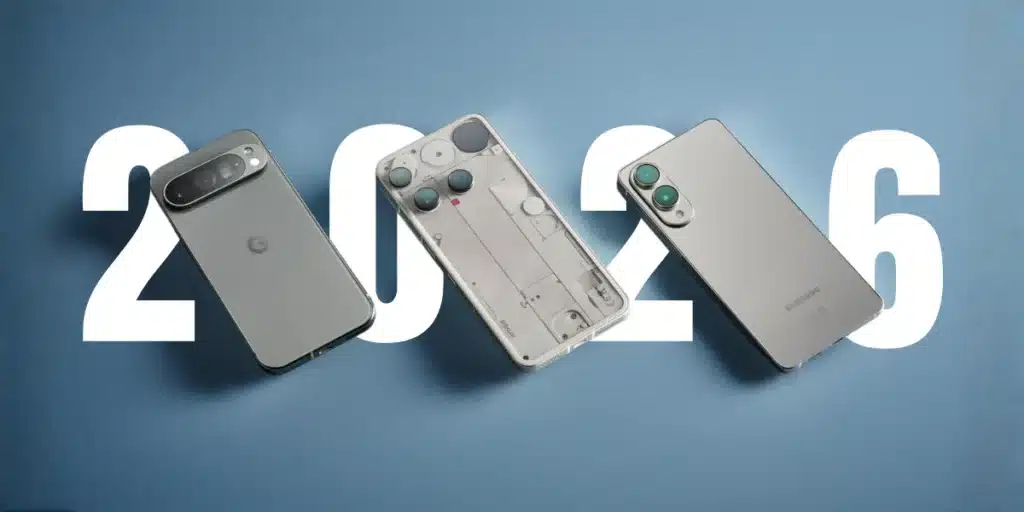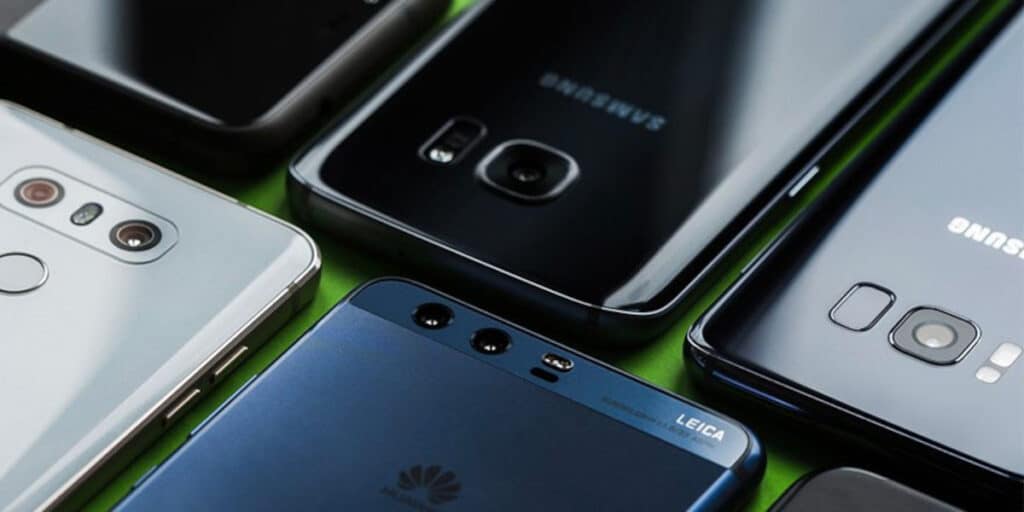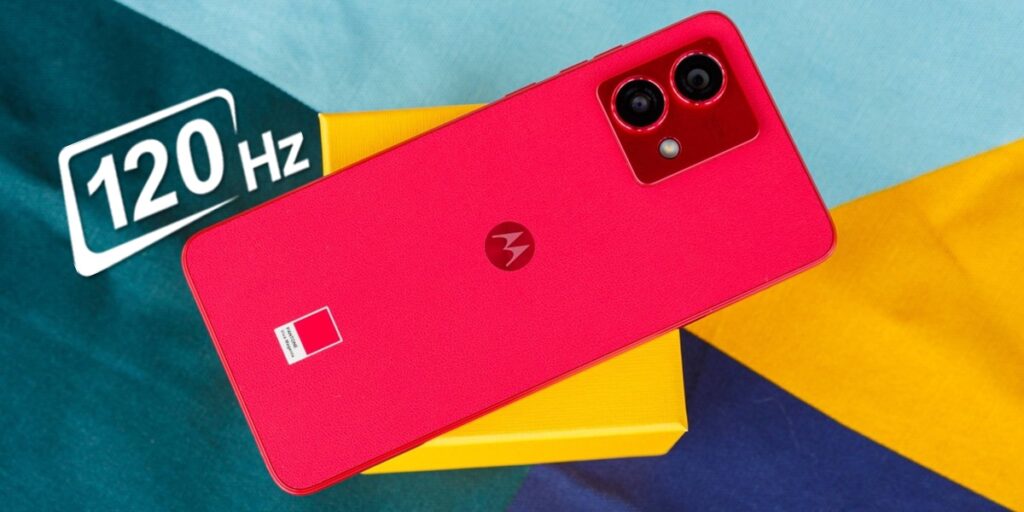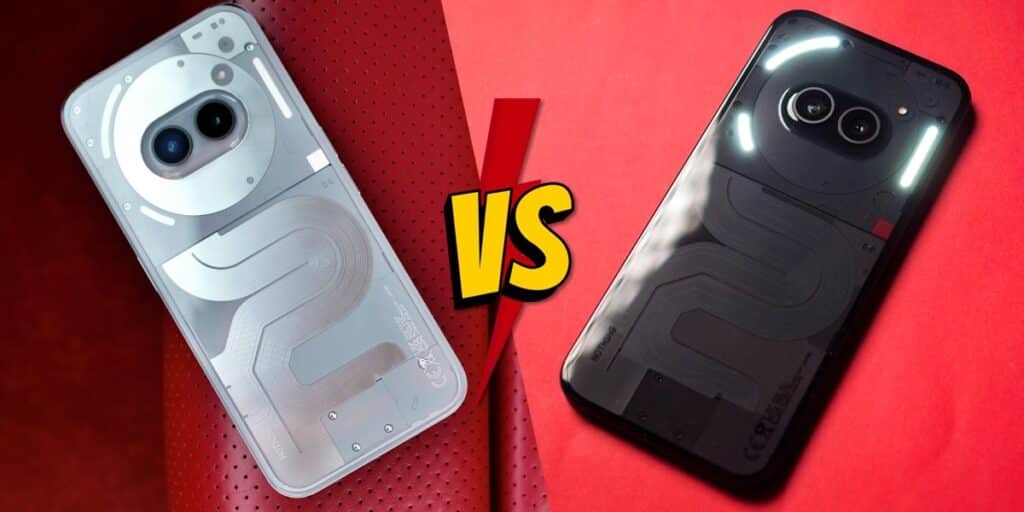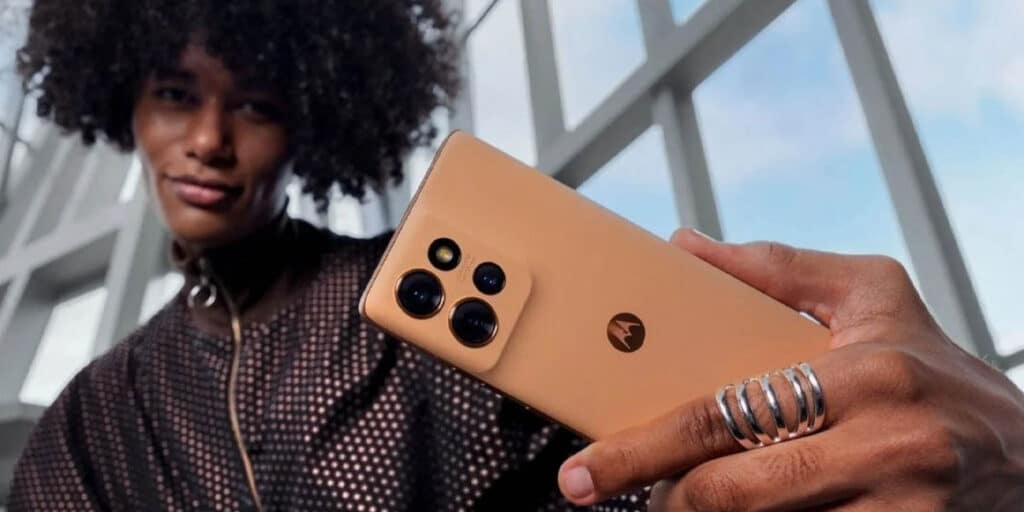

Towards the end of 2024 we wrote an article about what we can expect from mobile phones in 2025. Many of our estimates were met, although we will not deny that there were already things that pointed to that point and made our work easier. It’s been almost a year since that note, and while the market hasn’t changed dramatically, it’s time to venture out once again.
Today we will talk about what cell phones could be like in 2026highlighting trends that could dominate the market. Will it be that in a year we will look back to realize that we got it right once again with great precision? Time will tell, but now you will know our vision.
Larger batteries for better autonomy and which will also arrive in Europe

This It is the most obvious trend that will exist in 2026so we put it first. Many high-end Chinese phones already have batteries of over 6000 mAh, and even some dare to go up to 8000 mAh, like RedMagic 11 Pro.
Recently this was reserved for off-road cell phones that looked like bricks, but new technologies have made it possible achieve these capabilities without sacrificing thickness. Furthermore, it was necessary to make that leapbecause high-end chips, ultra-bright screens and the constant use of artificial intelligence consume a lot of energy. And, be careful, the popularization of ultra-thin phones is also pushing in that direction.
What will change in 2026 if we already have it in 2025? First of all, massification, why These ultra-high-density batteries will start to reach other ranges more convenient; second, that some norms will start to change so that they reach everyone. An example of the latter? European Union regulations currently mean that cellphones in Spain have less battery than in China.
MicroLED screens will begin to appear on the mobile phone market


In 2025 the mobile market will be dominated by mid-range and up OLED screens, but a change could begin in 2026. MicroLED technology is already quite mature to arrive on mobile phones and with it the first top of the range will certainly be launched to differentiate itself from the rest. Apple has already advanced its intentions in this regardat least for Smartwatches, and it’s a matter of time before others do too.
Some advantages of this technology? Higher sustained brightness (HBM mode), reduced risk of burns, better energy efficiency and longer life.
Ultra-dark (1 nit) screens will permeate more smartphones in 2026


Why would anyone want a screen that can only achieve 1 nit brightness? For example, for read at night and don’t disturb your partner while he sleeps. While most brands continue to advertise ultra-high brightness peaks that are just a marketing move (it’s not sustained), the tide may be starting to change.
Apple was first to present phones with screens capable of lowering the brightness to just 1 nit, the 2024 iPhone 16 Pro, but they are only coming to Android.
Since then MediaTek has given the first shot in this sense the Dimensity 9500 is the first SoC to enable this functionality in the ecosystem. And the first Android phones to take advantage of this innovation are OPPO Find X9 and Find X9 Pro.
By 2026 it is likely to reach more devicesbe it through the Dimensity 9500, through a future Snapdragon 8 Elite Gen 6 that accepts it, or other more affordable MediaTek SoCs that are about to launch.
Video capture will significantly improve resolution, FPS and compression


Until now, the maximum recording quality on high-end mobile phones remains in the following average: 4K resolution at 60 FPS and using the H.265 (HEVC) codec. Yes, some offer recording in 8K at 30 FPS (with upscaling) or 4K at 120 FPS, but that’s not common. In 2026 the situation could change definitively, because the first signs of it can already be seen in 2025.
One of the changes comes from Qualcomm, because the Snapdragon 8 Elite Gen 5 is the first SoC compatible with Advanced professional video (APV) codec.. This codec offers a cBetter compression than HEVC, no noticeable loss and allowing adjustments in post-production. Plus, Android 16 is already supported, so it’s only a matter of time before it starts to become popular.
For its part, MediaTek is also doing its part. Dimensity 9500 is the first Android chipset compatible with native 4K video recording at 120 FPS with Dolby Vision quality. And if that’s not enough, it also supports cinema-quality portrait videos in 4K at 60 FPS.
AI agents will dominate mobile phones by 2026


Artificial intelligence continues to advance by leaps and bounds and will continue to be a great business hook in 2026. In 2025 the big news is AI agents, which understand natural language much better and They are capable of performing much more complex tasks.
Currently the AI on Android understands natural language quite well, but it can be improved and is limited in the actions it can perform. Additionally, you often need detailed directions. By 2026 it is very likely that the situation will change and AI agents become an integral and fundamental partl of the user experience on a smartphone, with local and multimode execution included.
You can perform much more complex tasks involving multiple applications. Furthermore, Artificial intelligence will be able to predict for you and will anticipate certain needs without you telling him. You no longer have to tell the AI to find you a flight, then book a hotel, then create an itinerary. No, her It will take care of everything with just one commandeven if you ask very specific things.
On Android you can now see it thanks to Honor’s Magic AIas well as some early thoughts on Gemini and Galaxy AI. The latter, however, are still waiting to take a serious step, as are the proposals of other brands.
Ultra-thin cell phones could become fashionable


Directly related to ultra-high-density batteries, we are likely to see more of them in 2026 devices that show their thinness as a great novelty.
Samsung didn’t do well selling the Galaxy S25 Edge, but the iPhone 17 Air is selling very well. If true, we all know that Apple is important to market trends, so others will copy it throughout 2026.
Is this a feature we think is good? In particular, it doesn’t seem like a big deal to us and we would prefer more compact phonesbut we don’t create the market.
Satellite connectivity could expand into new territories and with more features


Until now, There are few consumer cell phones compatible with satellite connection and they can only operate in very specific countries. Furthermore, this type of connection is aimed more at SMS and emergency calls.
In 2026 we may see some changes in this regard, with things like: more compatible devices, presence in multiple countries and use beyond the emergency (even with data). Naturally, through more expensive plans.
First mobile phones with 2 nanometer chipsets


Until now, the smallest manufacturing node used is 3 nanometers from TSMC (N3 node, which in all its variants uses FinFET technology). However, there are already clear intentions to make the leap to the next level.
In the month of September, MediaTek confirms this who are already designing their first 2nm chip for mobile devices. It will be manufactured by TSMC with its N2P node and is expected to hit the market in 2026. The benefits MediaTek is aiming for? At least 18% more performance with the same power consumption on a 3nm chip, a nearly 36% reduction in power at the same speed, and a 1.2x increase in logic density.
Will it be the Dimensity 9600? More likely. And Apple, Qualcomm and Samsung, how are they doing? Apple is already working on developing its own chip, but it seems to be focusing more on one of its Apple M. In the meantime, Qualcomm didn’t say anything, but they also have to do their own thing. Finally, Samsung would be working on a 2nm Exynos and own production.
The massification of foldable mobile phones will become a reality


We predicted that the kickoff would take place by 2025 for this to happen, when a big guy made his move. It happened with the launch of the Galaxy Z Flip7 FE from Samsung, the most important manufacturer in this market.
Added to this are the reduction of costs in the production of flexible screens, the improvement of the multi-window user interface and the adaptation of apps, as well as everything is ready for the massification that will arrive in 2026. The foldable ones most likely go from being a premium product to a more affordable one. Maybe it’s not Samsung that does it, but other brands, but the formula is ready to be executed.
But hey, now I just have to ask you a couple of things: Do you agree with our predictions? What else do you think will be a trend in 2026 in the mobile market?
